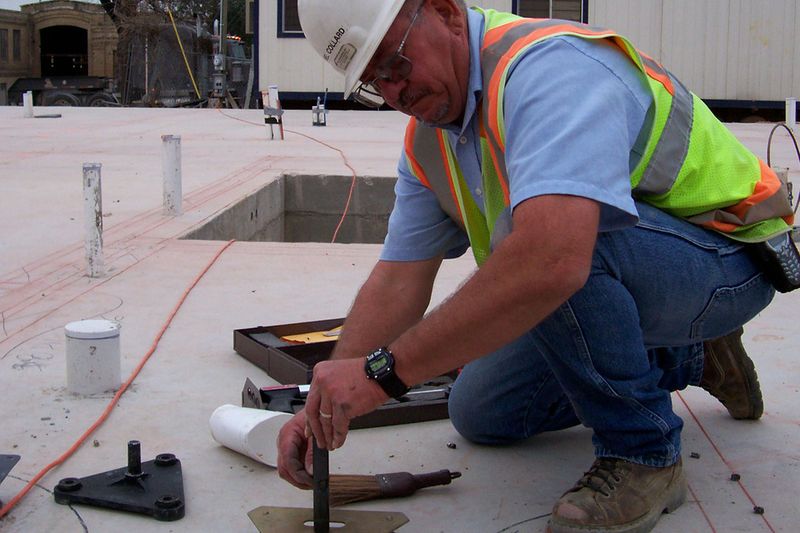Concrete Testing and Inspection are vital processes in the construction industry, focusing on evaluating the quality, strength, and compliance of concrete used in various structures. This involves a series of tests and inspections conducted at different stages of the construction process, from the mixing of raw materials to the curing of the concrete.
Key aspects of Concrete Testing include:
- Slump Test: Determines the workability or consistency of concrete mix.
- Compressive Strength Test: Measures the ability of concrete to withstand loads without cracking or failing.
- Tensile Strength Test: Assesses the tension-bearing capacity of concrete.
- Air Content Test: Evaluates the amount of air entrapped in the concrete, which is crucial for freeze-thaw durability.
- Concrete Mix Design Testing: Ensures that the proportions of cement, aggregates, and water in the concrete mix meet project specifications.
Inspection aspects involve:
- Quality Control Inspections: Ensure that the concrete mix and placement comply with design specifications.
- Monitoring of Curing Process: Verifying that the curing of concrete is done properly to achieve desired strength and durability.
- Rebar Inspection: Checking the placement, size, and spacing of reinforcement bars within the concrete.
- Formwork Inspection: Ensuring the formwork is secure and capable of holding the concrete until it sets and gains sufficient strength.
These tests and inspections are critical for ensuring the long-term durability and safety of concrete structures, as well as for meeting building codes and regulatory standards. They help in identifying potential issues early, thereby reducing the risk of structural failures and costly repairs in the future.


